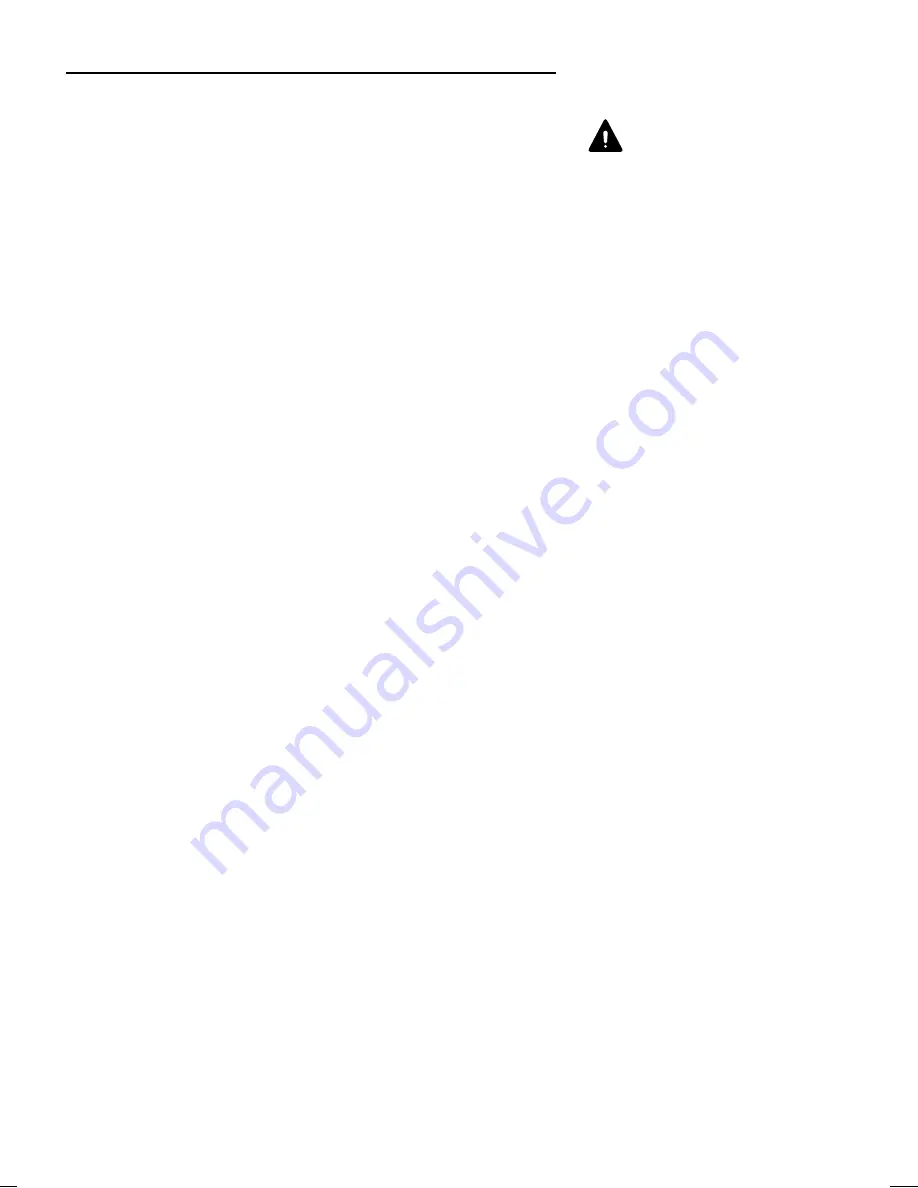
Seat Belts
28
CARING FOR SEAT BELTS
Always replace a seat belt
assembly where the
webbing shows signs of fraying.
Regularly inspect the webbing for signs of fraying, cuts and
wear, also pay particular attention to the condition of the
fixing points and adjusters.
Avoid contaminating the webbing with polish, oil and
chemicals (see ‘Cleaning & vehicle care’).
Three tests for checking seat belts
1.
With the seat belt fastened, give the webbing nearest the
buckle a quick pull - the buckle should remain securely
locked.
2.
With the seat belt unfastened, unreel the webbing to the
limit of its travel. Check that unreeling is free from snags
and snatches and further check the webbing for visual
signs of wear or fraying.
Driver’s seat belt:
Allow the webbing to retract,
checking that retraction is smooth, continuous and
complete.
Passenger seat belts:
Allow the webbing to retract
approximately 200 mm (8 in), then give the tongue plate
a quick forward pull - the mechanism must lock
automatically and prevent further unreeling. Allow the
webbing to retract a further 200 mm and repeat the
process. Finally, allow the belt to retract fully and pull the
webbing out slightly to check that the locking
mechanism is disabled.
3.
With the webbing half unreeled, hold the tongue plate
and give it a quick forward pull - the mechanism must
lock automatically and prevent any further unreeling.
If a seat belt should fail any of these tests, contact your dealer
immediately.
Содержание Seventy Five
Страница 121: ...Horn 120 Horn HORN To operate press either of the horn switches set into the steering wheel pad H2726...
Страница 205: ......
















































